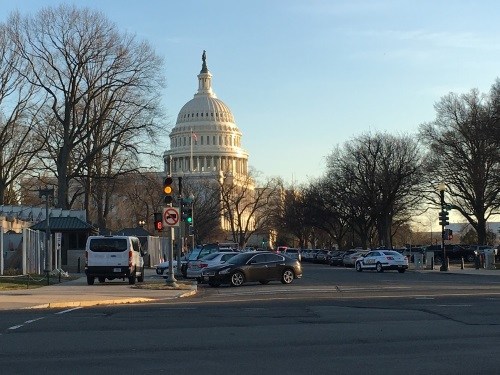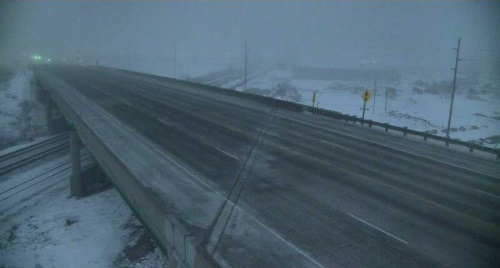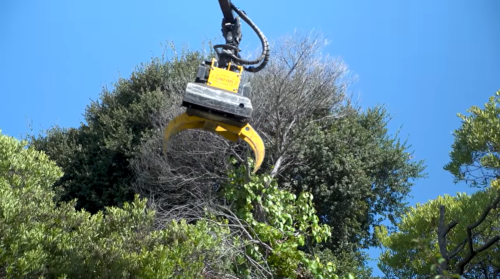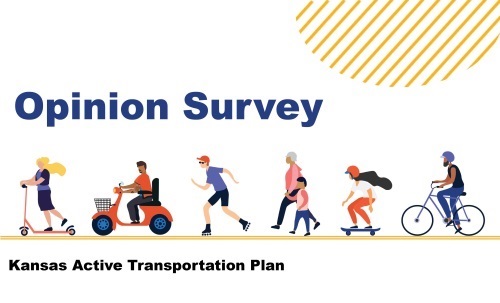FEDERAL ACTION
AASHTO Comments on the Nomination of Pete Buttigieg as U.S. Transportation Secretary – AASHTO (News release)
Department of Energy Announces $128 Million for Sustainable Transportation Research – AASHTO Journal
Buttigieg would bring his agenda and Biden’s to Department of Transportation – Roll Call
Historic Picks for EPA, Interior Complete Biden Climate Team – Scientific American
Passing Infrastructure Policies in New Congress – Transport Topics
FTA Awards $6.2MM in TOD Grants – Railway Age
U.S. Transportation Secretary Elaine L. Chao Announces $544.3 Million in Federal Funding Allocations for Seven Transit Infrastructure Projects – USDOT (Press release)
COVID-19
The future of airport design after COVID-19 – Construction Specifier
SEPTA and Drexel team up to stop the spread of COVID-19 on public transit – WHYY
Imagine How COVID-19 Could Reshape Mobility for People Who Rely on Transit – Mass Transit
The ‘Highway Boondoggles’ That the Pandemic Hasn’t Killed – CityLab
U.S. Department of Transportation Announces Additional Administrative Relief for Transit Agencies During COVID-19 Public Health Emergency – FTA (Press release)
INFRASTRUCTURE RESILIENCE AND SUSTAINABILITY
Over 100 Vermont organizations support Transportation & Climate Initiative – Vermont Business Magazine
Transportation leaders discuss need for more infrastructure funding to spur economic growth – Northern Kentucky Tribune
U.S. Department of Transportation Launches New Regional Infrastructure Accelerators Program – USDOT (Press release)
Biden Must Look to Cities and Embrace ‘Resilience’ in His Climate Strategy – US News and World Report (Commentary)
AIR QUALITY
50 years in, the Clean Air Act’s societal benefits still outweigh costs 10 to 1, research finds – University of California
ADOT: 2020 brings first-of-its-kind dust detection and warning project – KVOA-TV
Getting U.S. to Zero Carbon Will Take a $2.5 Trillion Investment by 2030 – Bloomberg Green
Mass., other states near historic agreement to curb transportation emissions – Boston Globe
Report outlines solutions for curbing U.S. carbon emissions – University of Colorado Boulder
ENVIRONMENTAL JUSTICE
Environmental justice groups see ally in Biden’s EPA nominee – E&E News
NATURAL RESOURCES
The Largest Wildlife Bridge in the U.S. Opens in San Antonio – Route Fifty
Targeting U.S. wetland restoration could make cleaning up water much cheaper – Science
Caltrans Uses New Tree Removal Technology – Safer, Faster and Efficient – Caltrans (News release)
CULTURAL RESOURCES
HEALTH AND HUMAN ENVIRONMENT/ACTIVE TRANSPORTATION
KDOT kicks off first Active Transportation Plan in 25 years – Kansas DOT (Press release)
Philadelphia installs the first in-street bicycle counters in the region – City of Philadelphia
Abandoned South Austin railroad on track to become city’s newest urban trail – CutureMap Austin
New pedestrian, bike trail to open Tuesday in Moline – KWQC-TV
Ocean City aims to get bicycles off dangerous Coastal Highway – WTOP Radio
A new app is geared for e-scooter riders – WDVM-TV
Active rail lines pose new challenges for Atlanta Beltline northside trail routes – Atlanta Business Chronicle
Hickory adopts plan for bike, pedestrian improvements – Hickory Daily Record
TRB RESOURCES/ANNOUNCEMENTS
Improving the Health and Safety of Transit Workers with Corresponding Impacts on the Bottom Line – TCRP
Advanced Ground Vehicle Technologies for Airside Operations – ACRP
Updated Survey of Laws and Regulations Applicable to Airport Commercial Ground Transportation – ACRP
FEDERAL REGISTER NOTICES
Notice of Final Federal Agency Actions on Proposed Highway Projects in Texas – FHWA (Notice of Limitation on Claims for Judicial Review of Actions by TxDOT and Federal Agencies)
Hazardous Materials: Editorial Corrections and Clarifications – Pipeline and Hazardous Materials Safety Administration (Final rule)
Takes of Marine Mammals Incidental to Specified Activities; Taking Marine Mammals Incidental to Long Beach Cruise Terminal Improvement Project in the Port of Long Beach, California – NOAA (Notice; issuance of incidental harassment authorization)
Takes of Marine Mammals Incidental To Specified Activities; Taking Marine Mammals Incidental to Washington State Department of Transportation Purdy Bridge Rehabilitation Project, Pierce County, WA – NOAA (Notice; proposed incidental harassment authorization; request for comments on proposed authorization and possible renewal)
Endangered and Threatened Wildlife and Plants; Regulations for Designating Critical Habitat – Fish and Wildlife Service (Final rule)
Reauthorization of Permits, Maintenance, and Vegetation Management on Western Area Power Administration Transmission Lines on National Forest System Lands, Colorado, Nebraska, and Utah (DOE/ EIS–0442) – Western Area Power Administration (Record of decision)




